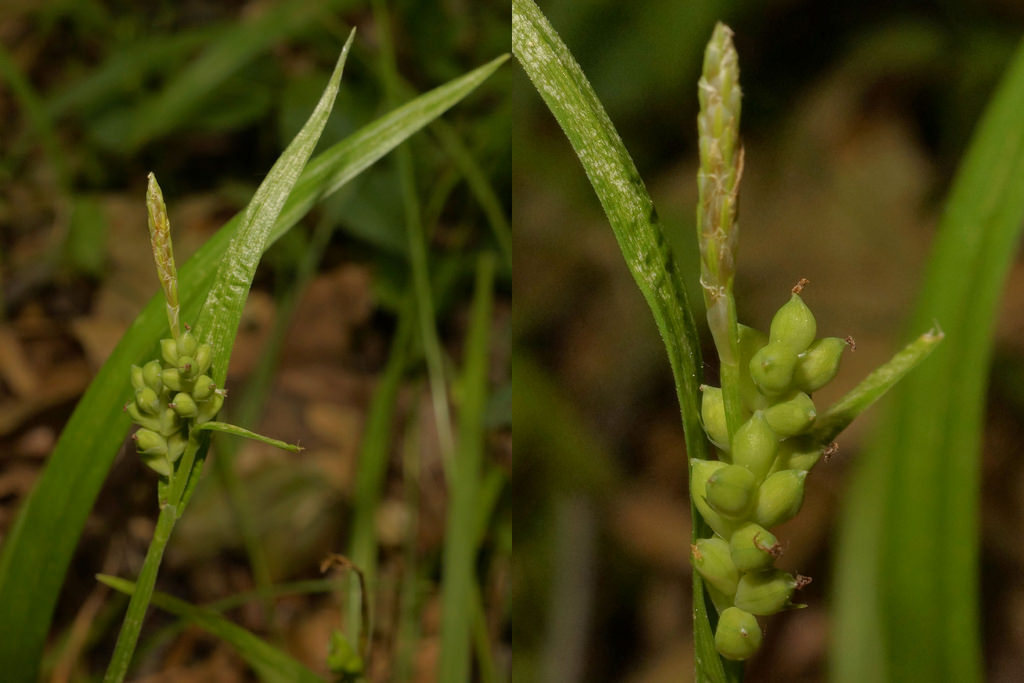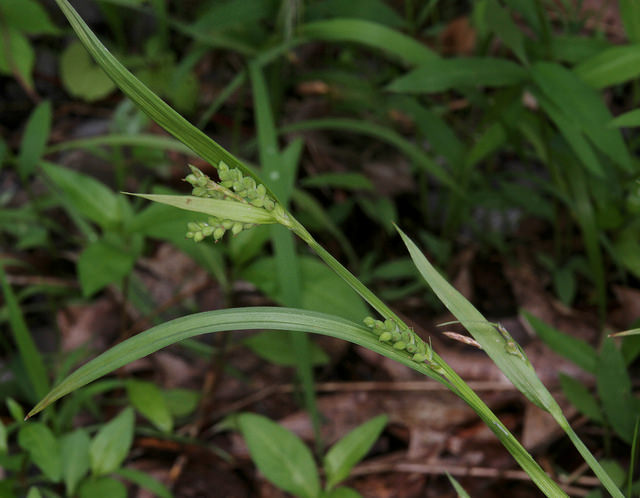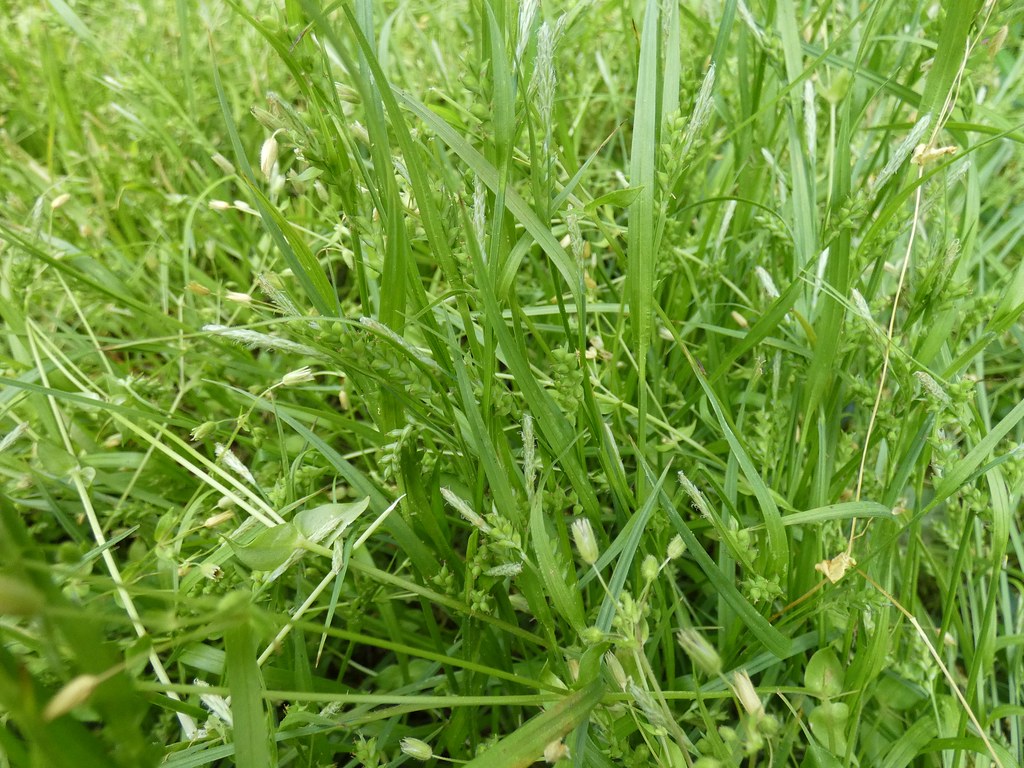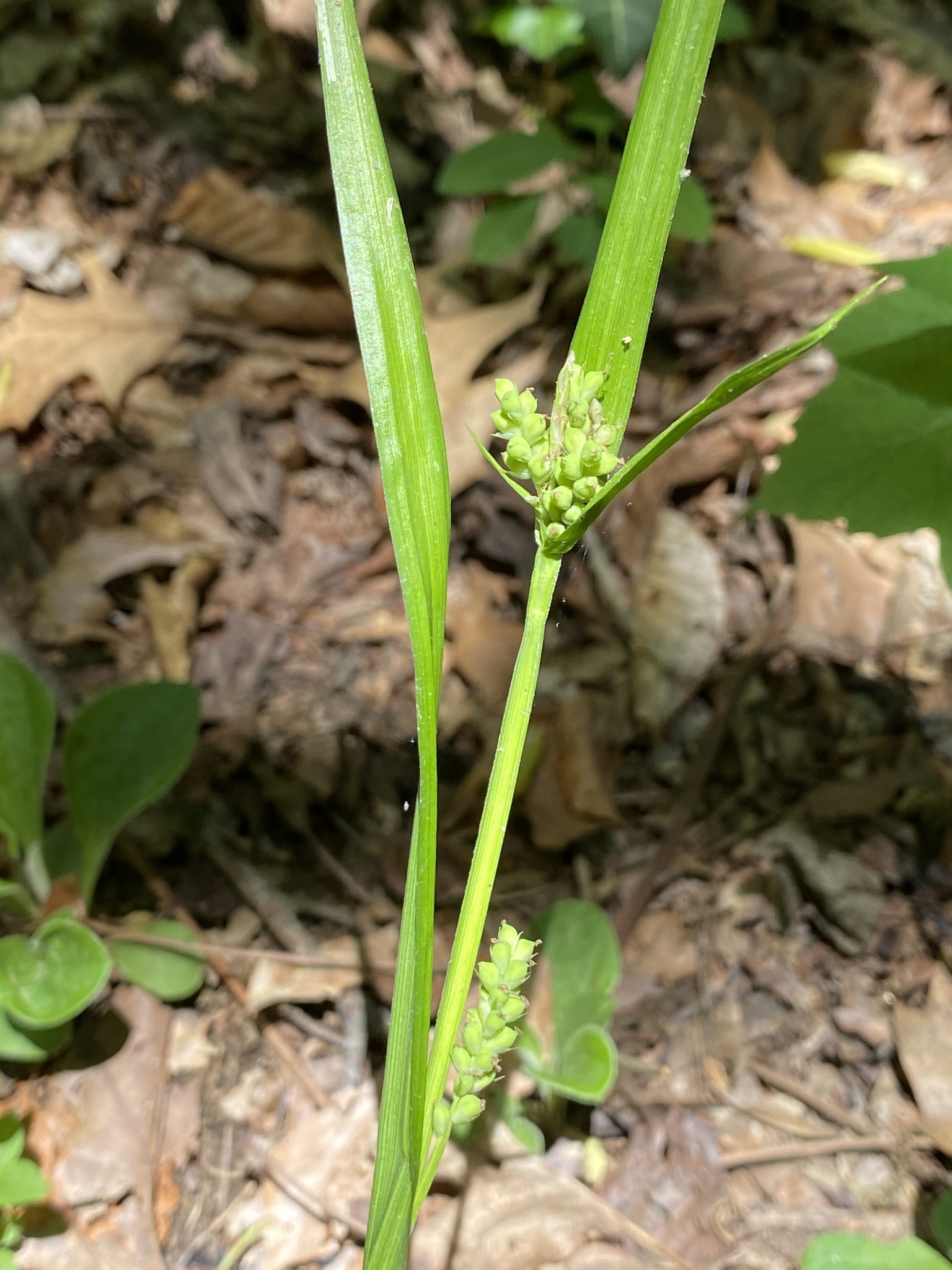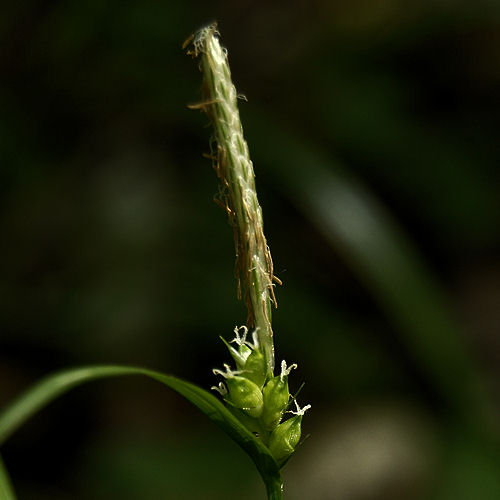Map Snapshot
























123 Records
Seasonality Snapshot
Use of media featured on Maryland Biodiversity Project is only permitted with express permission of the photographer.
Eastern Woodland Sedge in Prince George's Co., Maryland (5/25/2016).
View Record Details
Media by
Bill Harms.
Eastern Woodland Sedge in Allegany Co., Maryland (6/11/2014).
Media by
Jim Stasz.
Eastern Woodland Sedge in Anne Arundel Co., Maryland (5/8/2012).
View Record Details
Media by
Bill Harms.
Eastern Woodland Sedge in Wicomico Co., Maryland (5/2/2019).
View Record Details
Media by
Jim Brighton.
Eastern Woodland Sedge in Anne Arundel Co., Maryland (6/7/2020). (c) Ashley M Bradford, some rights reserved (CC BY-NC).
View Record Details
Media by
Ashley Bradford.
Eastern Woodland Sedge in Anne Arundel Co., Maryland (4/18/2012).
View Record Details
Media by
Bill Harms.
Source: Wikipedia
| Carex blanda | |
|---|---|

| |
| Scientific classification | |
| Kingdom: | Plantae |
| Clade: | Tracheophytes |
| Clade: | Angiosperms |
| Clade: | Monocots |
| Clade: | Commelinids |
| Order: | Poales |
| Family: | Cyperaceae |
| Genus: | Carex |
| Section: | Carex sect. Laxiflorae |
| Species: | C. blanda
|
| Binomial name | |
| Carex blanda | |
Carex blanda, the common woodland sedge[1] or eastern woodland sedge,[2] is a species of sedge native to a wide variety of habitats in the eastern and central United States and Canada.[3]
Its leaves are 1–10 mm (1⁄32–13⁄32 in) wide and 14–36 cm (5.5–14.2 in) long. The stem usually has a staminate (male) spike at the tip, two pistillate (female) spikes closely clustered near it, as well as another pistillate spike lower down. The pistillate spikes have 4 to 36 perigynia each, which develop into seeds (achenes).[4]
Carex blanda is rather common in its native range, and tends to spread aggressively, particularly in disturbed soils.[4][1]
References
[edit]- ^ a b Chayka, Katy; Dziuk, Peter (2016). "Carex blanda (Common Woodland Sedge)". Minnesota Wildflowers.
- ^ NRCS. "Carex blanda". PLANTS Database. United States Department of Agriculture (USDA). Retrieved 16 May 2017.
- ^ Ball, Peter W.; Reznicek, A. A. (2002). "Carex sect. Laxiflorae". In Flora of North America Editorial Committee (ed.). Flora of North America North of Mexico (FNA). Vol. 23. New York and Oxford: Oxford University Press – via eFloras.org, Missouri Botanical Garden, St. Louis, MO & Harvard University Herbaria, Cambridge, MA.
- ^ a b Ball, Peter W.; Reznicek, A. A. (2002). "Carex blanda". In Flora of North America Editorial Committee (ed.). Flora of North America North of Mexico (FNA). Vol. 23. New York and Oxford: Oxford University Press – via eFloras.org, Missouri Botanical Garden, St. Louis, MO & Harvard University Herbaria, Cambridge, MA.
